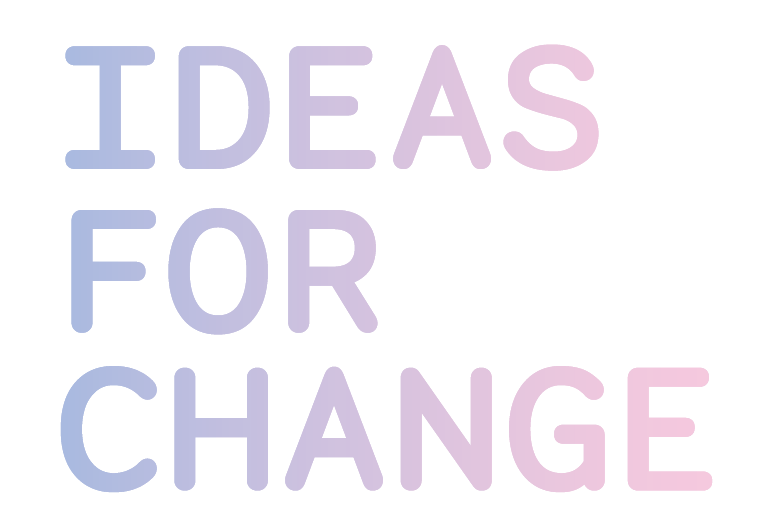All you need to know about TwinERGY and how it helps energy prosumers
By Anna Higueras, Project Manager, & Elsa Boloix, Communication.
(Originally published in English)
What do you say if we propose to you to learn about a method to reduce energy bills? To tackle climate change by enabling better energy use and control? To be aware and act on your energy consumption? This is not merely wishful thinking, it is actually happening through the TwinERGY project.
Almost two years ago, we launched this initiative together with a big consortium from across Europe. The objective of this project is to test how digital twin technology can help a more active participation of energy consumers and help them become prosumers. To do so, a suite of innovative tools to predict citizens’ consumption patterns and their comfort preferences are developed, analysing the flexibility potential that individuals, buildings and communities can provide to the electrical grid thus maximising their aggregated value. Action is taking place in four pilot sites: Bristol (United Kingdom), Benetutti (Italy), Steinheim (Germany) and Athens (Greece). Each demonstration stands up for providing emergent technologies such as smart contracts, smart plugs and intelligent and personalised Demand Response programmes which are used by participants and installed in their homes.
To monitor the energy use and ensure an efficient consumption, three Digital Twins have been designed:
Consumer Digital Twin: It predicts citizens’ consumption patterns and comfort preferences to develop a personalised strategy that allows them to achieve a more sustainable and affordable energy management.
Building Digital Twin: Customised feedback for home energy management aiming to preserve human comfort and optimise energy usage.
Community Digital Twin: Created to analyse the impact on the grid and the well-being of the individual members within the community.
Moreover, TwinERGY carries out nine use cases to prove that by implementing a personalised Demand-Response programme and putting citizens at the centre of the energy household management, a better, greener and more inclusive energy system is possible. Among them, stands out maximising self-consumption, e-vehicles for expanding grid capacity and empowering citizens to actively participate in local energy trading markets.
Following this last topic, it’s worth mentioning a dedicated engagement framework designed specifically for the project. With the Bristol Approach as a model, the methodology includes elements specific to a Demand Response energy project. It focuses on co-designing with communities from the ground up, representing multiple voices and deploying technologies and skills so that they are able to use TwinERGY’s devices. These aspects are achieved through hands-on workshops and tools to understand the strengths and pitfalls of engagement strategies.
Recently, as coordinators of the audiovisual production of the project, we released the first Energy Future video which kicks-off a series of audiovisual pieces that present the project, how each pilot site implements the technology and engage communities and how the three Digital Twins are deployed across the initiative. Here you can watch the first release that introduces TwinERGY’s main objectives, plans and an overview of the methodology.
But, that’s not all. September is a special occasion for TwinERGY since it’s when all the consortium members are going to meet in person in one of the pilot sites: Benetutti, in Sardinia. To celebrate the first hybrid PAN European Workshop on the 29th of September, we are holding a series of workshops, meetings and panel discussions with leading voices from the sector.
Under the theme “The role of citizens in energy transformation: The case of TwinERGY’s engagement learning”, the event aims to expose the initial learnings and questions when applying the consumer engagement strategy, collecting good practices and existing gaps. In particular, on the 28th of September an interactive and creative session with citizens from Benetutti will take place, to share their experiences gathered in these first pilot months. And the 29th afternoon will be dedicated to an open, hybrid session to further discuss learnings and challenges on how to better engage citizens in energy demand response programmes, counting with outstanding experts and with real testimonials coming from the 4 TwinERGY pilot leaders.
Stay tuned to keep up with the latest news on the event in Benetutti!
Keep reading:
Did you like this article?
Receive more content like this in your inbox!












